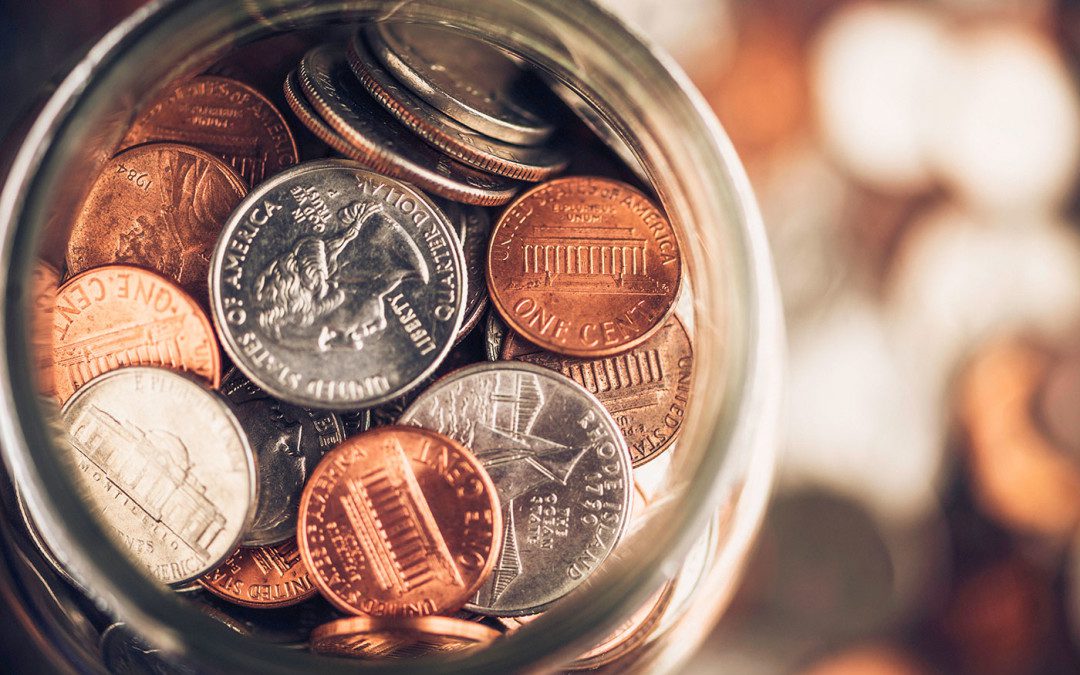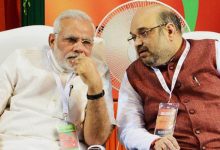The result of a global research and crowdsourcing effort, the Atlas features more than sixty innovations from around the world that help individuals, households, communities, and countries continue to survive and prosper even in the face of economic volatility. A report, for Different Truths.
In the last decade, India has emerged as the world’s most dynamic lab for stability-enhancing innovations that support a more inclusive economy, according to The Atlas of Innovation for Economic Stability published today by international NGO FHI 360 with support from The Rockefeller Foundation. The result of a global research and crowdsourcing effort, the Atlas features more than sixty innovations from around the world that help individuals, households, communities, and countries continue to survive and prosper even in the face of economic volatility.
Phil Psilos, FHI 360’s Asia-Pacific Technical Advisor for Economic Development & Innovation and the principal researcher for the report says, “It was fitting to dedicate a chapter in the Atlas to innovations from India because India’s multi-faceted experiment with innovation for rural economic transformation is the best example of public-private collaboration to use technology solutions to address important social and economic issues FHI 360 has found.”
Most compelling is the way that India has incorporated commercially-developed technology into stability-enhancing government policies. The Indian companies/products featured in the Atlas include The India Stack, a “public good” open data exchange system that combines biometric digital identities (Aadhaar), verify payments, and secure storage and signature of digital documents, upon which new entrepreneurial innovation for stability can flourish. Operating as part of the India Stack platform is DigiLocker, a cloud-based digital repository for Indian citizens to securely store, retrieve, and share digital copies of official documents to help them access basic services and assert ownership rights of their business and property.
The list includes Avaaj Otalo (Voice4All), which gives small-scale farmers the latest information about agricultural markets via interactive voice application while overcoming literacy, language, and smartphone penetration barriers and TCS Pride, which uses multiple data sources and analytics to deliver personalized agricultural advice to Indian farmers during each phase of the agricultural cycle. The Gandhi Rural Employment Act guarantees conditional minimum wage employment to provide rural households with a basic income and social safety net.
Others include LOOP, a mobile-based initiative developed by Digital Green that saves time and money for small farmers in India and Bangladesh by helping them access local markets and find the best prices for their produce and MFIN Connect, India’s first digital financial literacy tool to teach people about microfinance so that they can learn to access loans and avoid informal and unsecured borrowing.
The Pradhan Mantri Mudra Yojana (PMMY) program, an initiative of the MUDRA Bank to govern the microfinance sector and help small entrepreneurs access loans and other financial products to give them the confidence and the capital they need to expand their activities, has also been included.
The social enterprise SafetiPin designed a free map-based mobile app and online platform that uses crowdsourced data on insecurity in urban areas to make cities safer and more inclusive for women. #PropertyForHer is a collaborative social media campaign to promote equal property rights for women in South Asia. Atlas has included it in the list.
One innovation deployed in India but developed outside the country is the International Food Policy Research Institute’s risk-contingent credit program, an insurance product that reduces drought-related production risks and provides previously uninsured farmers access to credit.
The Atlas finds that private entrepreneurs and businesses like these are playing a major role in enhancing economic stability – a role typically associated with governments – by providing powerful information products and financial services, often but not always via mobile phones. Citizen networks and non-governmental organizations (NGOs) are also joining entrepreneurs, international donors, and government-business partnerships as important sources of innovation in these areas.
Other examples of innovations that are enhancing stability around the world include new technologies for digital payments; banking and insurance products; tools that provide better data to farmers via smartphones; workforce monitoring and wellness; pensions and benefits for workers with unstable incomes; technologies to promote public safety; and technologies that help marginalized women and ethnic minorities claim their legal rights to land and property. Many of these technologies build on the success of digital payment systems pioneered in Kenya, particularly Safaricom’s M-Pesa system.
The innovations featured in the Atlas were chosen for their ability to help reduce the volatility and disruption in people’s lives caused by rapid technological change, allowing them to anticipate and prepare for future shocks and stresses. They serve as models of policy, program, and product solutions that improve livelihoods and promote inclusive growth that place economic stability at the center.
Nitya Chakraborty
©IPA Service
Photo from the Internet





 By
By

